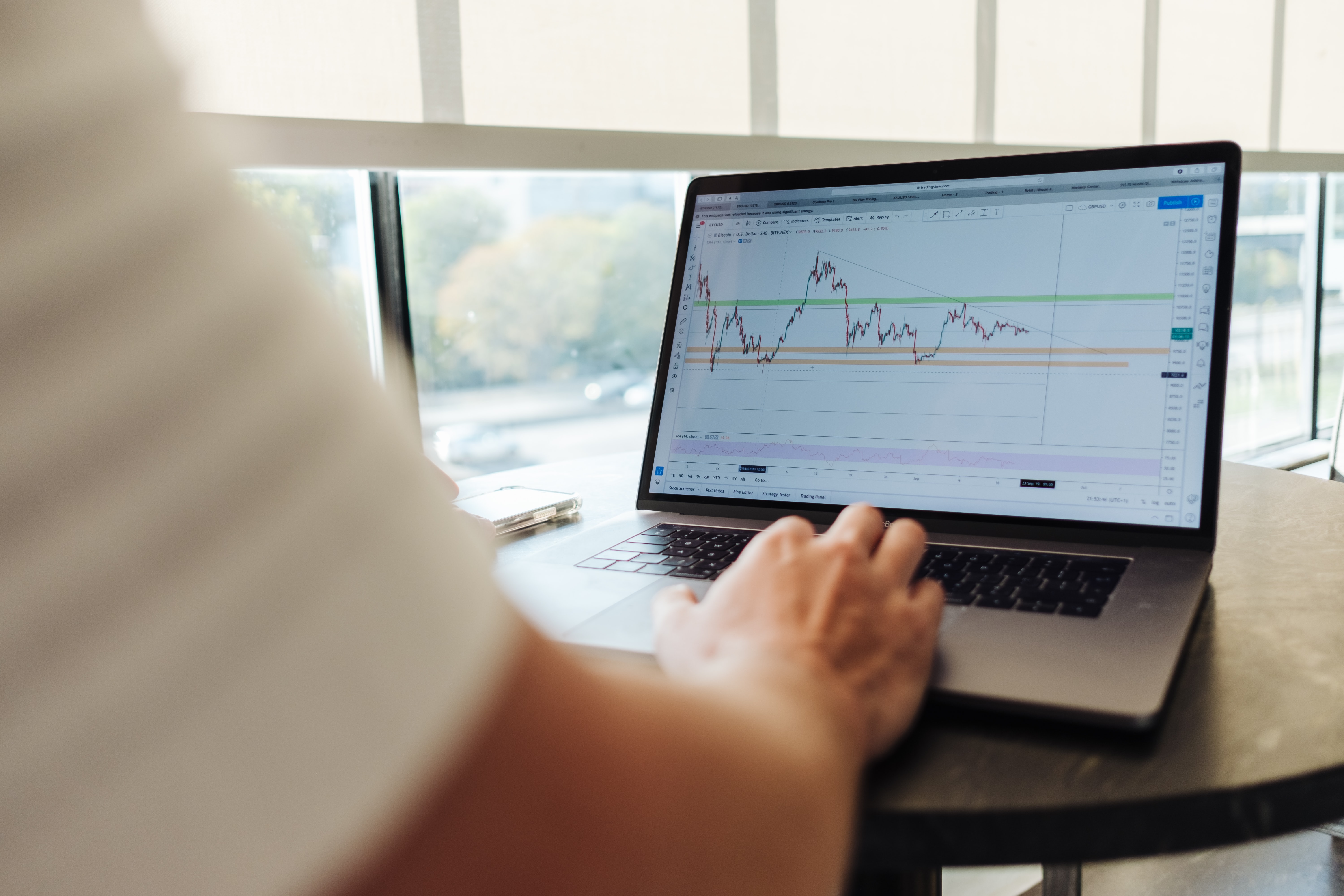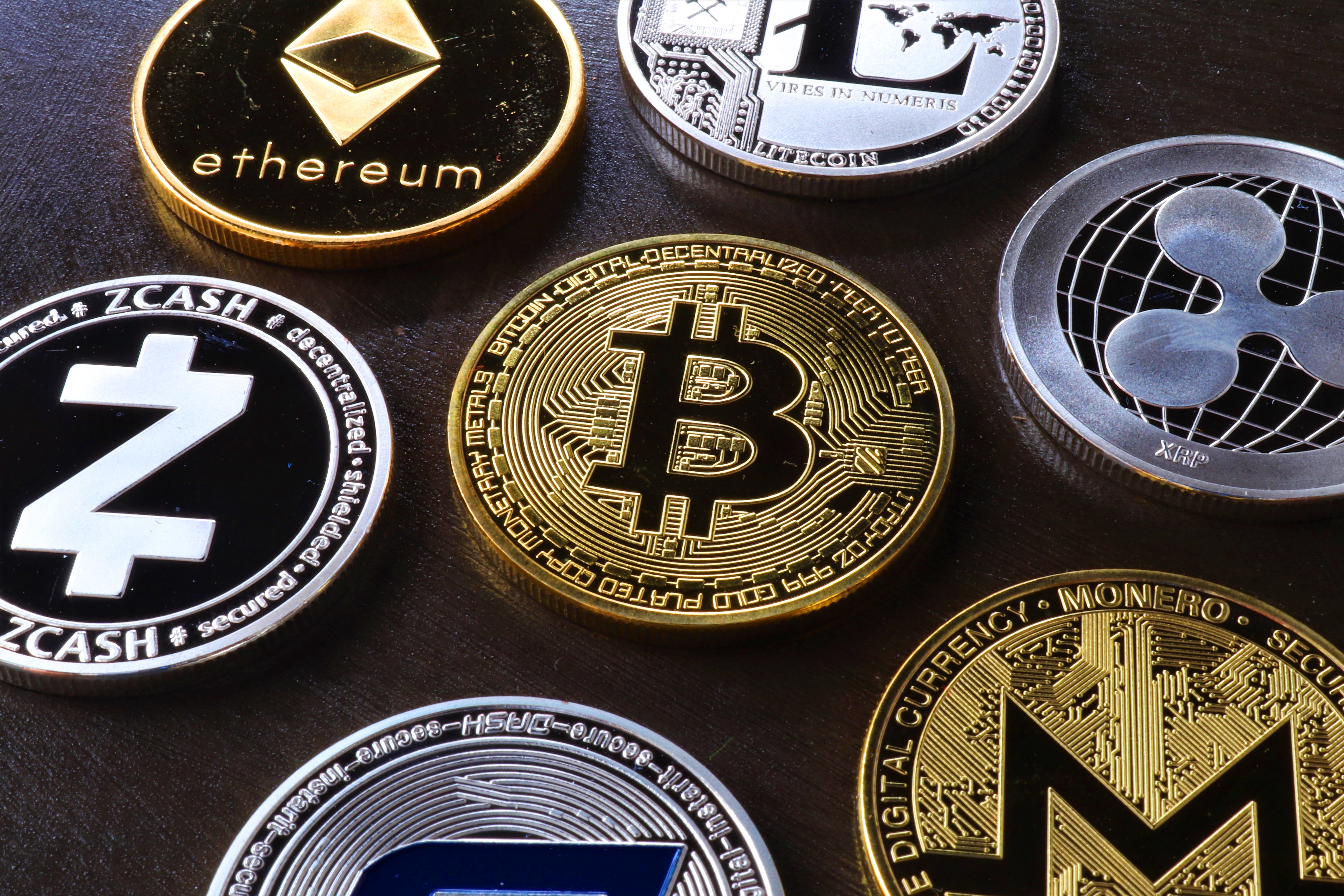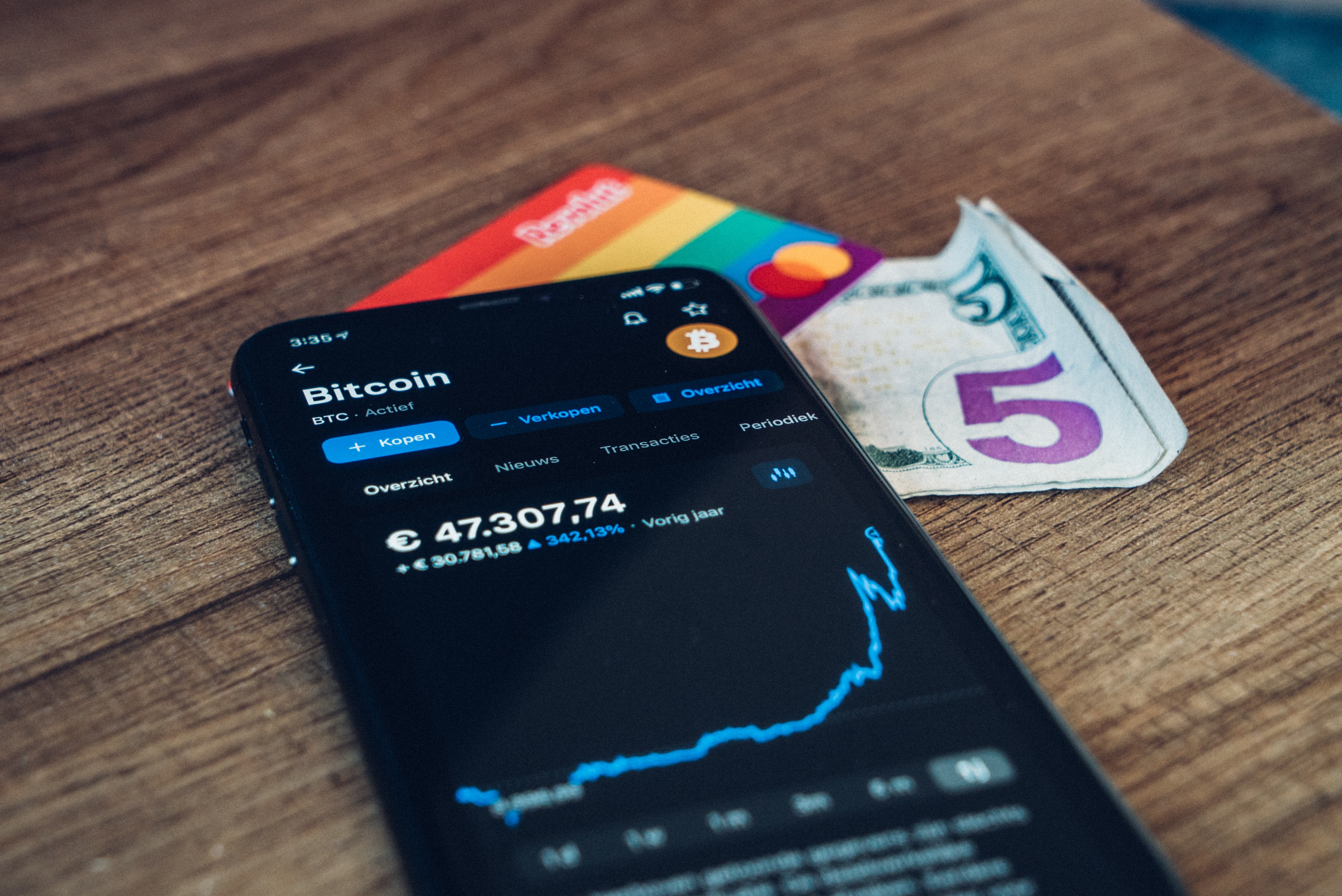
The Only Guide You Need to Find the Best Crypto Wallet
Table of Contents
As cryptocurrency has become a greater topic of discussion amongst organizations and retail investors, more questions have arisen regarding the topic of wallets.
These days, “wallet” has taken on a new meaning, and like everything in the 21st century, this term has gone digital.
So what does a wallet look like? What does custodial and non-custodial mean? How about public keys versus private keys? And what’s this about “hot” and “cold” wallets? Spend enough time on crypto Twitter and Clubhouse and you’ll hear these teams thrown around quite casually.
Let's break it all down.
What is a Wallet?
This question in itself can be quite the rabbit hole. However, let’s start simply.
A wallet is simply a device, program, or service that allows you to store your money, just like a bank account, but for cryptocurrency. The technology that secures them is backed by a cryptography-driven system of public keys and private keys.
Public Keys and Private Keys?
Public keys are like your bank account number. You give this to people so you can receive money, but people cannot spend your money with the bank account information.
Private keys are like your debit card & pin combined. You can spend money anywhere with your debit card and PIN, but if anyone else gets your secret PIN and debit card, so can they.

Photo by Ylanite Koppens from Pexels
In a process called asymmetric encryption, you prove ownership of a public key by signing a transaction with a private key. You can derive a public key from a private key, but you can never derive a private key from a public key.
This is the result of hashing, which is a process of 1-way encryption. You can always get the same output by hashing the same input, but there is no way to figure out how to go from the output back to the input. But let’s not get too deep into that for now.
Custodial vs. Non-custodial Wallets
The custodial vs. non-custodial topic represents one of the most heated discussions in the cryptocurrency space. This is because many people believe that the philosophy of cryptocurrency, especially Bitcoin, must align with the values of self-sovereignty: complete and total control of their personal wealth.
However, the truth is that the choice between a custodial and a non-custodial wallet depends on your risk tolerance and, ultimately, your knowledge of each one.
Custodial Wallet
Keys, keys, keys. Cryptocurrency is all about keys. Ideally, you want control of your (private) keys because this, in essence, shows that you are in true ownership of your crypto.
However, when you use a custodial wallet, you are not in control of your private keys. Instead, they are controlled by a third-party (i.e. an exchange). This lessens the burden of responsibility on you as a user.
Think of it this way: Let’s say you forget the password on your favorite social media account. That’s usually not a problem, seeing as though recovery is simply a matter of going through the platform’s password retrieval process or customer support. Many people like this kind of convenience.
However, also like a social media platform, third-party custodians, such as exchanges, are vulnerable to hacking. These exchanges always run the risk of going out of business too.
Many people point out that another flaw in third-party custodial solutions is access to funds. Through a third-party, you must typically wait a certain amount of days to spend the crypto you purchase. Some exchanges will even shut down withdrawals on certain assets if their network fees are too high.
Non-custodial Wallet
Earlier in the article, we mentioned how the custodial vs. non-custodial conversation can tend to get heated due to the underlying philosophy of the discussion.
When Satoshi Nakamoto – founder of Bitcoin – wrote the white paper, he specifically wrote about the weaknesses in the relationship between commerce and institutions.
This relates to non-custodial wallets because when users choose this option as a way to store their crypto assets, they are in full control of the assets. This is because a non-custodial wallet gives you complete and total control over your keys. There is no third-party and there is no institution in the way of you and your funds.
Instead, you have to worry about remembering your password (or a seed phrase) because, of course, no one else remembers it for you. Forget that and you no longer have access to your funds. Best practices are to write it down (don’t store it anywhere online or on a device) and keep it safe.
Multisignature Wallets
It might sound complicated, but multi-signature wallets are fairly self-explanatory.
Looking at the terminology itself, “multi-signature” refers to the feature of requiring two or more private keys in order to access wallet funds. You could also call this category semi-custodial.
Here’s the premise: you hold some keys, the custodian holds some keys, but the custodian can’t send your money. They can only stop you from sending money if you lose access to one key.
Some folks out there believe that multi-signature wallets are one of the most secure ways to approach crypto assets because even if a nefarious actor somehow gets access to one of your wallets, they won’t be able to access the sum total of your funds without the keys to the other wallets.
There are also options for non-custodial multi-signature wallets but those are best reserved for the pros.
Specific Examples
Now that we’ve detailed each type of wallet, let’s get into examples so you can really put a “face” to each name.
Custodial
When you think of custodial wallets, you can usually depend on cryptocurrency exchanges being the best examples. Think Coinbase, Binance, Kraken, and Gemini.

Photo by Jason Briscoe on Unsplash
Of course, there are other examples as well: Square’s Cash App, PayPal, and an interest yield account on BlockFi.
All these options are often referred to as “hot wallets” because they are connected to the internet.
Non-custodial
This one can be separated into two main categories: digital and hardware.
You can find digital, non-custodial wallets with services like BRD, Edge, Exodus. BRD itself is interesting because the code is open-sourced. Therefore, a community of active programmers are constantly working to make sure the code is sound.
Here are a few others: MetaMask, Atomic Wallet, Trust Wallet, Guarda, and Argent.
And then there are hardware non-custodial wallets. Many in the crypto community consider these to be the “cream of the crop” when it comes to digital asset storage. The funds are 100% in your control and exist offline.

Photo by Jan Antonin Kolar on Unsplash
The two industry standard recommendations are Trezor and Ledger. These two companies have great reputations and their products are phenomenal. Consider a Trezor One or a Ledger Nano X as your first foray into hardware wallets. These hardware wallets are called “cold wallets'' because, unless you’re trying to send funds, they don’t require internet access. Other examples include Ellipial Titan, Safepal, Corazon Titanium, BitBox, and KeepKey.
Multisignature
These are a little bit more obscure because they represent a more advanced realm of crypto asset storage. However, at the very moment, Casa is the best and easiest option. Their wallet feature gives users peace of mind through a distributed security model – multisignature, multi-device, multi-location.
Paper wallet
These types of wallets allow the user to generate a public key and a private key and print them on a piece of paper. However, they have become dated and mostly frowned upon. Since their rise and fall in popularity throughout the early-to-mid 2010s, different types of purely physical wallets have taken their place, including steel wallets and titanium wallets (mostly used for safekeeping seed phrases from hardware wallets).
What Type of Wallet Should I Use?
When a first-time crypto hodler looks at all the options available, the whole thing can get pretty intimidating and confusing.
The answer of “where to start” begins with who you are as an investor and how much you understand and believe in cryptocurrency.
Let’s make up three hypothetical individuals for the sake of illustration.
David, Max, Sam are all participants in the world of crypto asset hodling. David has been in the industry for 6 years, Max has been in it for 3 years, and Sam just joined in December 2020.
Let’s talk about Sam first. In December 2020, a couple of his friends convinced him to join in the crypto frenzy as Bitcoin began making it’s steady run into the new year. In the past, he had heard very little about Bitcoin. However, after many conversations with friends, he decided to sign up for a third-party exchange and purchase $50 worth of Bitcoin. After getting some skin in the game, Sam began to learn more about Bitcoin and other crypto assets. In his self-education, he realized that these assets could be an important part of the world’s monetary system going forward. He buys a bit more and decides to keep it stored on his exchange of choice.

Photo by Austin Distel on Unsplash
Then there is Max. He’s been involved in the space since early 2018. He believes in Bitcoin and is convinced that it will become a part of the financial system in the future. As a result, he signed on to the Bitwage platform and gets 5% of his wage sent to a BRD wallet every month. This way he can stack sats without worrying about buying at the wrong price. By doing this, he’s engaging in a process called dollar-cost averaging (Bitwage created a resource to understand and simulate this process – find it here).
This approach helps automate the Bitcoin buying process and, by sending the funds consistently to BRD, he feels a peace of mind knowing that his keys are secure.
And then there is David. He has been using Bitwage since 2015 and gets 15% of his monthly wage sent to a Trezor wallet. He prefers Trezor because he wants his Bitcoin stash to be 100% offline.
He has even gone further to back up his seed recovery phrase on a piece of titanium, which is hidden in a place only he knows about. Seed phrases are a series of unrelated words that give crypto asset hodlers the power to recover their funds anytime, anywhere. David knows that as long as he has the seed phrase memorized or “in stone,” the funds are in his sole possession.
In Conclusion
As you can see, there are a lot of ways to go about wallets. But at the end of the day, choosing a wallet is entirely dependent on what your values are and how much you believe in crypto assets.

Photo by cottonbro from Pexels
Remember, whatever option you choose, you can use Bitwage to have your earned wages automatically sent to your wallet of choice. So whether you choose custodial, non-custodial, or multi-signature, we help you get your funds there safely on a consistent basis.
Learn more about Bitwage at bitwage.com. Questions? Contact us on our community Slack bitwage.com/slack or email us support@bitwage.com. We are always looking for more secure wallets to add to our guide. Be sure to let us know if we missed anything!











